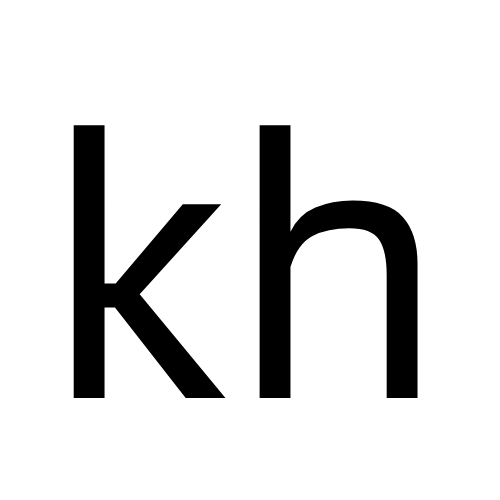Are You a Circular or a Linear Thinker?
Have you ever been in a conversation and felt like you’ve just been hit by a train? Or, that the person you are talking to is from another planet, and there might be unicorns and endless time there? These are extreme cases, but I do sometimes find myself in a discussion where I feel that there are assumptions being made that I don’t agree with or even understand. It makes it hard to join the discussion.
The root of this disconnect may be that a circular thinker is meeting a linear thinker and they’re not recognizing their difference. Each of these modes has a set of operating conditions that are intuitively being applied. When this profound point is not recognized, and people are in different modes, the conversation can go off the rails very quickly.
Here’s a quick quiz to determine your thinking style. Imagine yourself facing a challenge. Does column one or column two feel like the best way to proceed?
Column One Column Two
1. Define the goal 1. Gather and welcome everyone affected
2. Develop a strategy 2. Ask each person to express their feelings
3. Make a plan 3. Interactively share information
4. Set time lines, costs, tasks 4. Recognize a pattern, follow an idea
5. Activate the plan 5. Give language to what is meaningful
6. Measure progress 6. Respond to the information and redesign
Column one is a linear thinking process and column two is circular. Some of you may have seen yourself more drawn to one mode or the other. This can be the result of a cultural norm or a personal comfort zone. Scientists often think linearly while artists think circularly; men on average lean towards linear thinking while women are more circular; aboriginal people traditionally practice circular thinking while westerners tend to think linearly.
Possibly you answered “it depends.” This makes sense because biologically we are all capable of both styles of thinking. Both are highly valuable when applied to the right situation. If you want to build a safety net, achieve a goal, have accountability, efficiency or loyalty, you want to engage in linear thinking. If, on the other hand, deep engagement in your work, creativity, transformation, gratitude, effectiveness, or happiness is what you seek, you want to be in circular thinking mode.
Neuroscience has shown us that there are two fundamental ways we can choose to view the world. My geology professor, Bob Mason, used to say “there are two kinds of geologists; ones who say this is just like (fill in a deposit name), or ones who say this is nothing like…. The rest are fence sitters, just gathering useless information.”
We are biologically designed to either pull in what we love or push away what is detrimental or a waste of time. Antonio Damasio‘s research at the University of Southern California found that a huge volume of information reaches our brains every day. We must attach an emotion to any piece of information we want to remember. Only then is it available to us in decision making. This is why tests are so effective. We attach a fear based emotion to all the information required to get the grade. Without the fear it is just a bunch of data. Another way to learn is to engage with the material with curiosity. Attaching this love based emotions also embeds information and makes it available for future use.
Fear-activated emotions lead to a linear style of thinking. Here logic, focus, objectivity, and discipline push back against the danger fear has identified for us. Without this instinct we could not survive.
Circular thinking focuses on pulling in more of what you want. It is rooted in a drive to be inclusive and transparent – a belief that the answer will come when everyone is included and a diverse array of thoughts are considered. It subjectively seeks to find what is meaningful and allow that understanding to infuse everything we do. WIthout circular thinking we could not change, feel contentment or develop relationships.
This blog is going to explore how knowing you are applying circular or linear thinking can make a difference to you in big and small ways.

